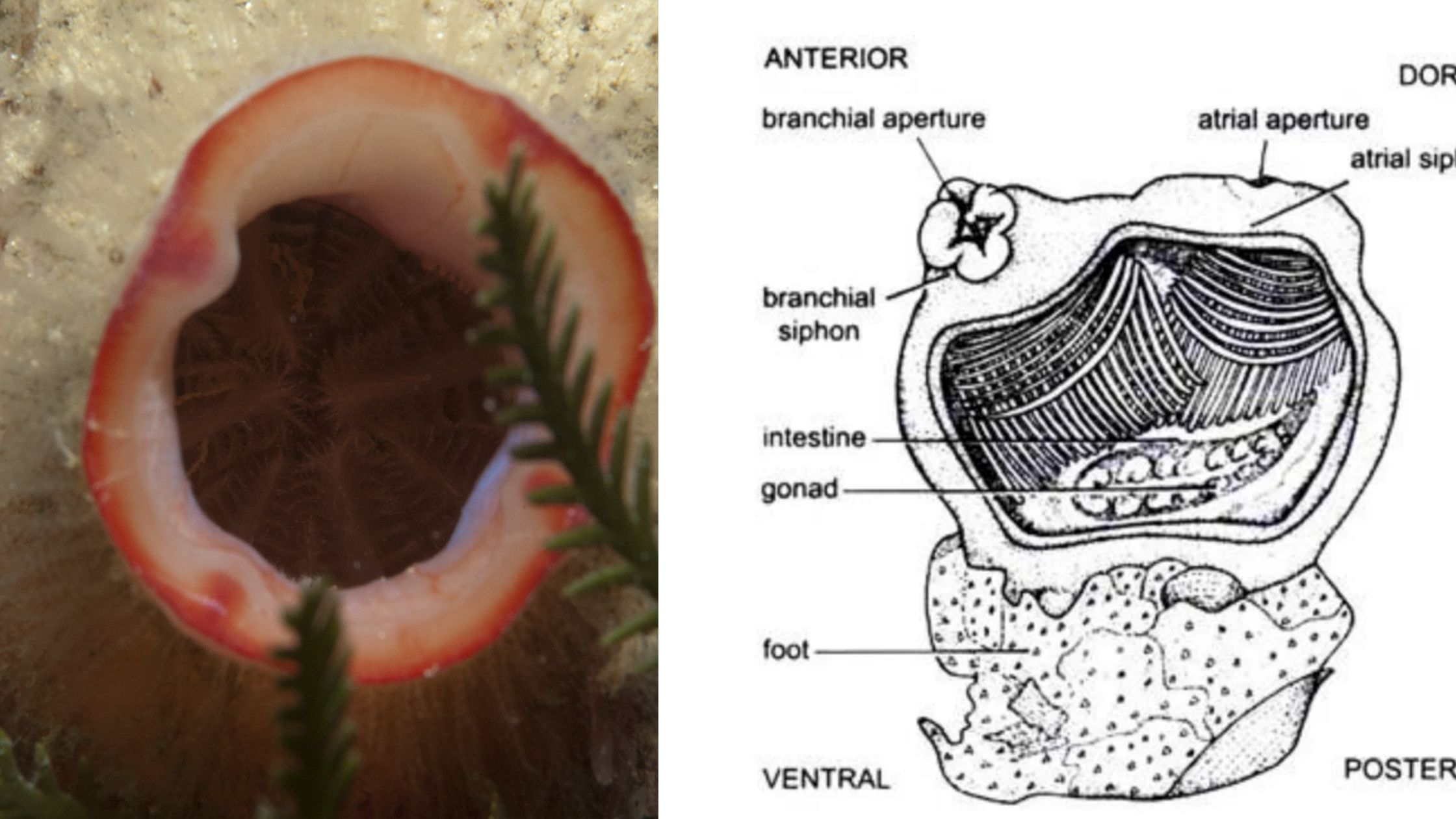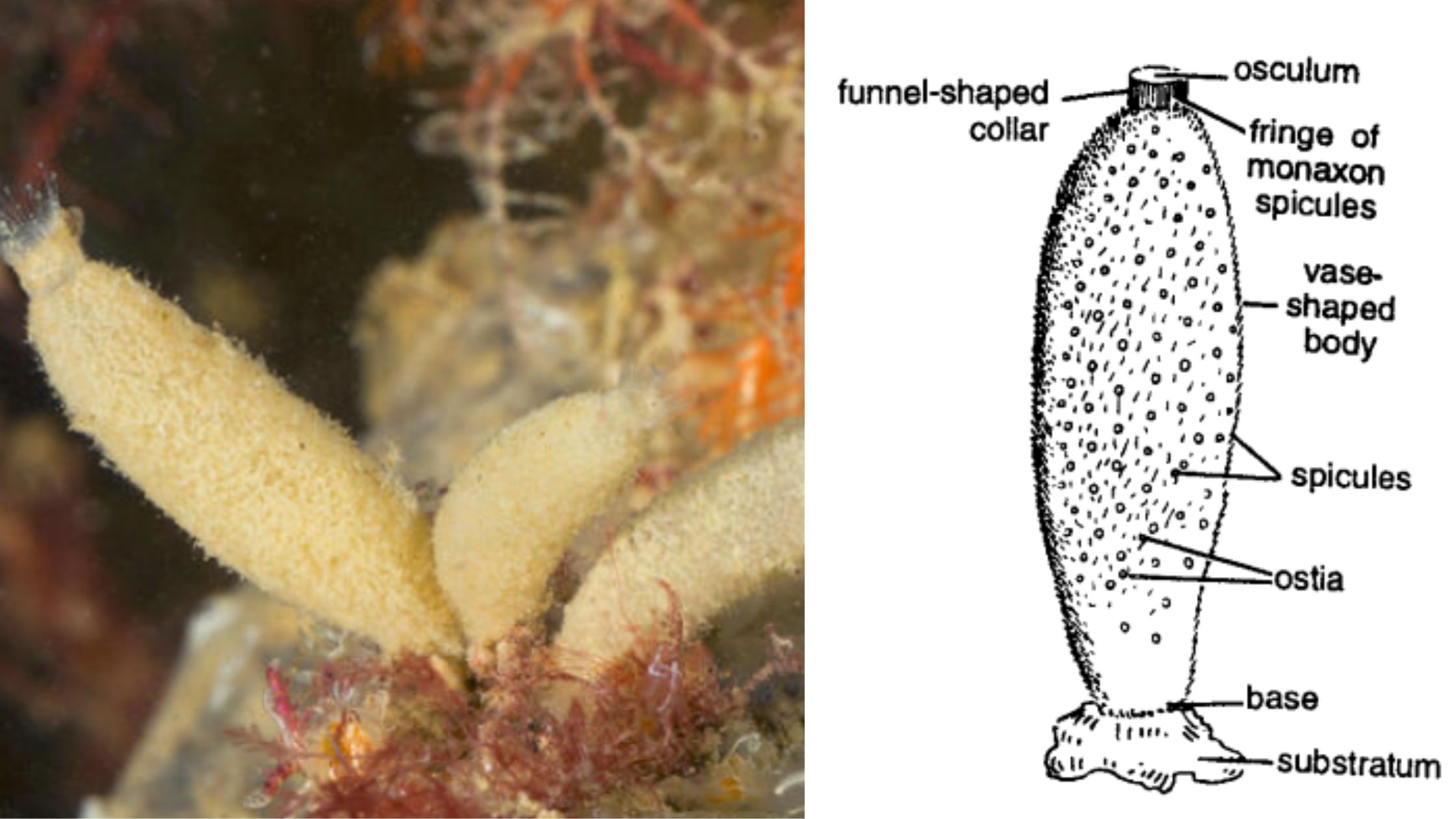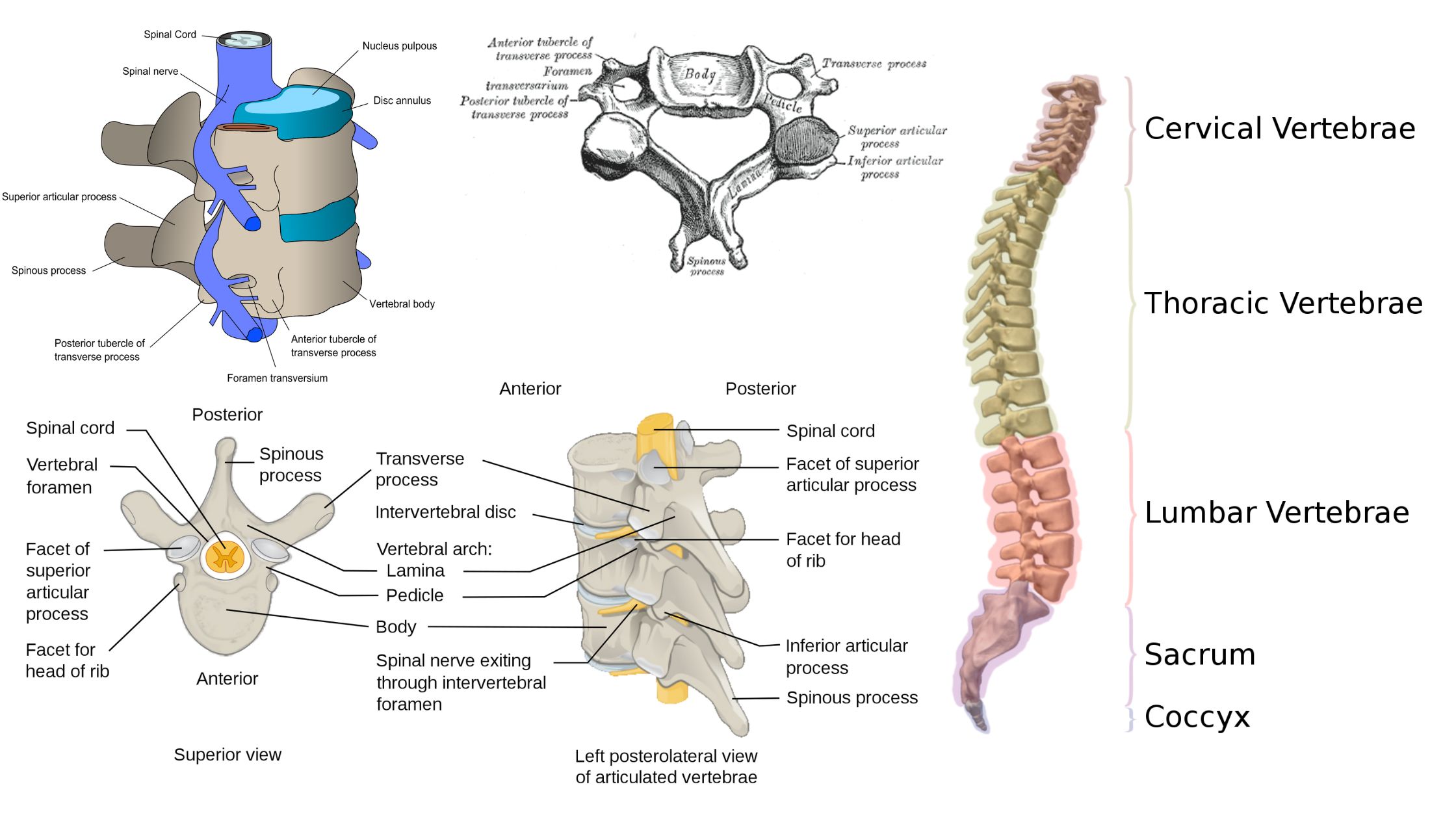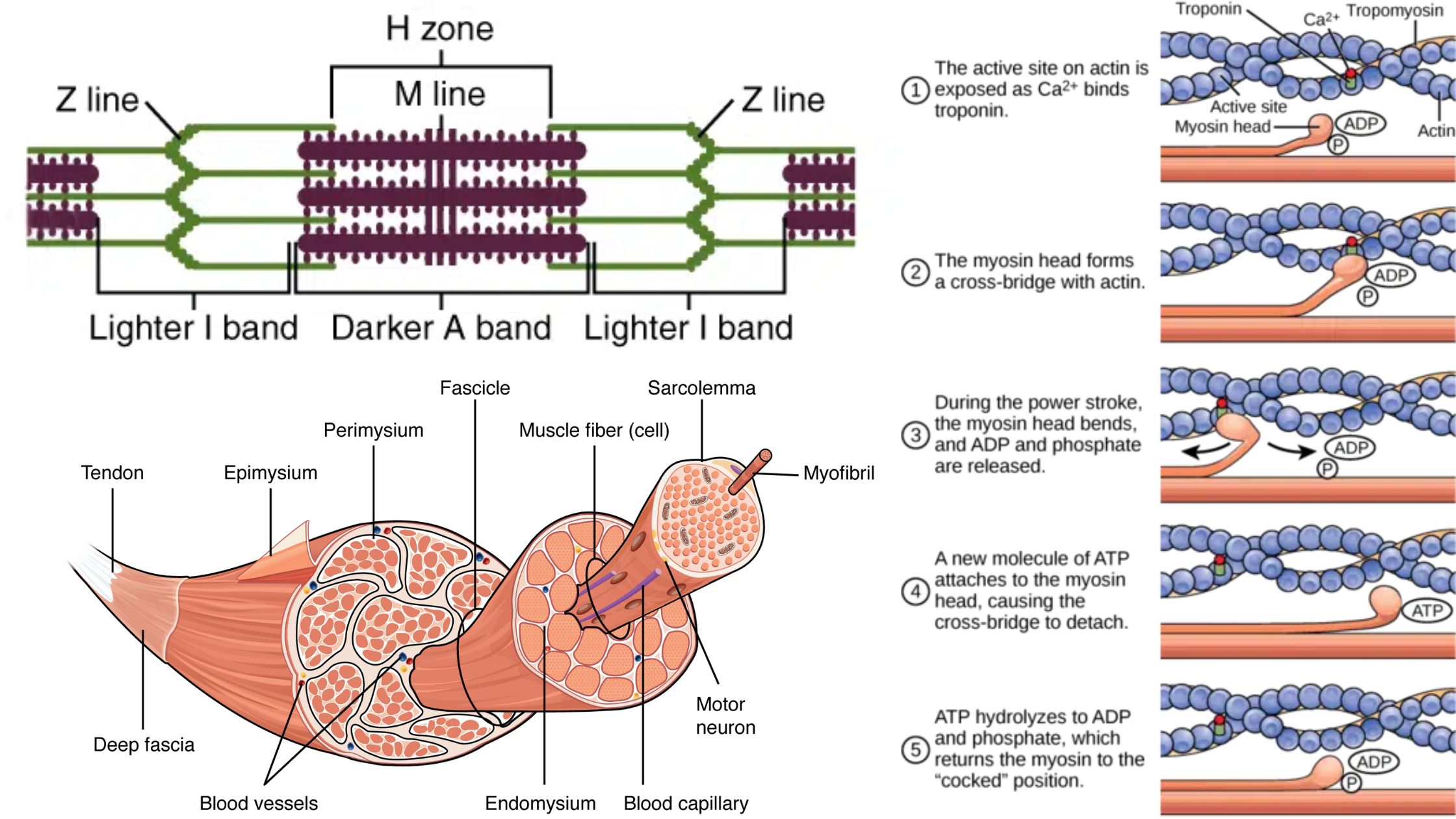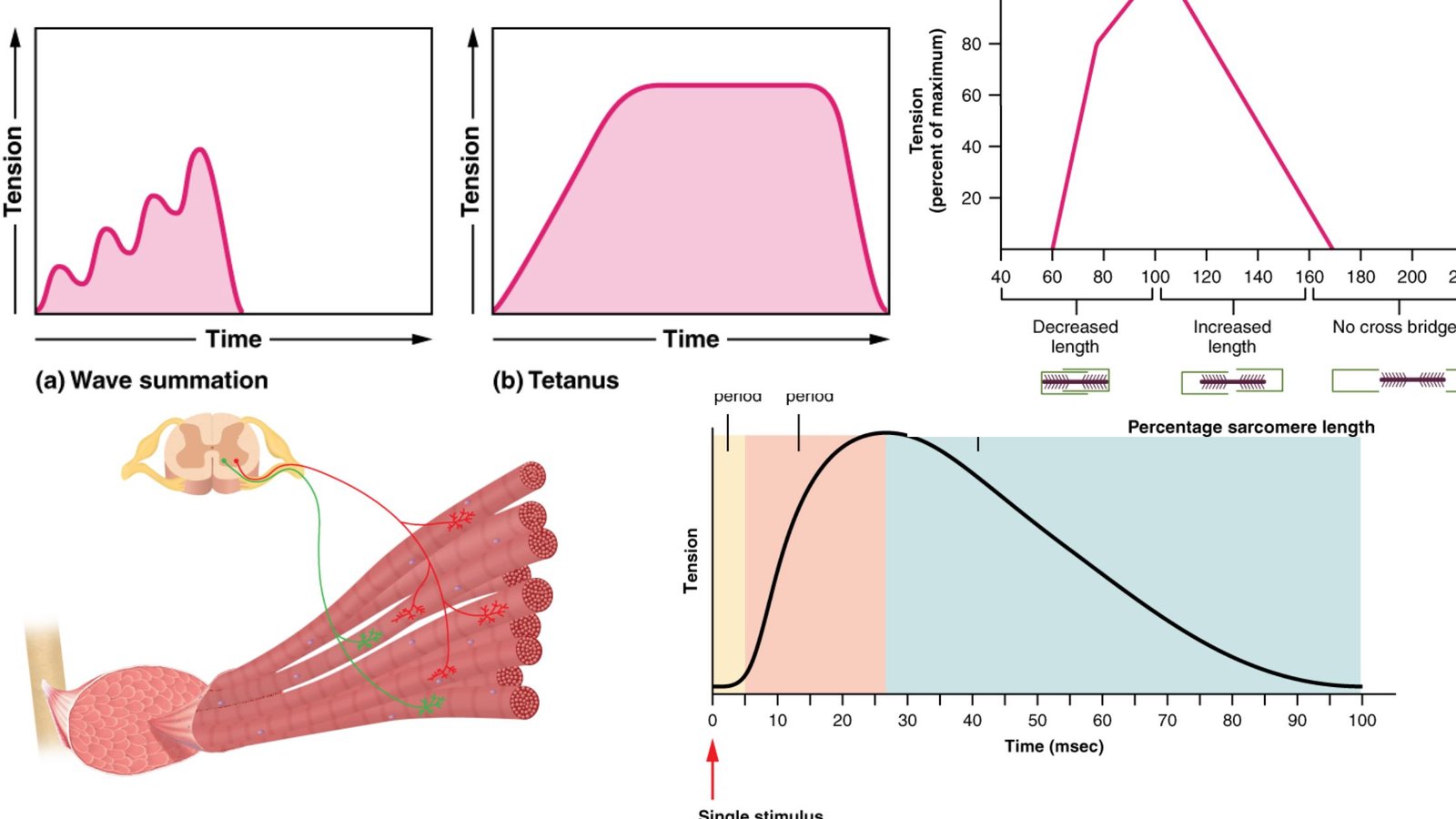Herdmania – Characteristics, Anatomy (With Diagram), Nervous System
Domain Eukaryota Kingdom Animalia Phylum Chordata Subphylum Tunicata Class Ascidiacea Order Stolidobranchia Family Pyuridae Genus Herdmania Authority Lahille, 1888 What is Herdmania? Herdmania is a genus of marine ascidians, belonging to the family Pyuridae. These organisms are invertebrates with a sac-like body structure covered by a tough outer covering called a test. They are filter … Read more

